Adverb Quiz: Convert Adjectives to Adverbs
This adverb quiz tests student’s ability to convert adjectives to adverbs. For example, you can take the adjective “calm” and make it an adverb by adding “-ly”.

This adverb quiz tests student’s ability to convert adjectives to adverbs. For example, you can take the adjective “calm” and make it an adverb by adding “-ly”.

In this singular and plural nouns worksheet, students have to make the plural form from singular nouns. Students have to create regular plural nouns (adding -s or -es) from singular nouns.
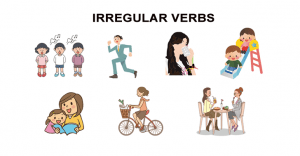
Students have to complete the sentence by conjugating the verb in the irregular past tense form. At the end of each sentence, it has the verb they have to use.
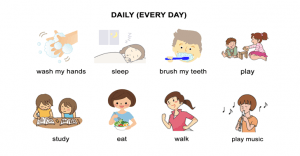
What are your daily and weekly routines? Students explore the present verb tense by thinking of what they do every day, week or month as part of routine or schedule.
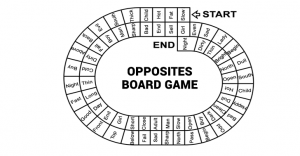
This is a fun and interactive way to teach opposite words using the opposite words game board. As they go from start to finish, they have to collect as many opposites as possible.
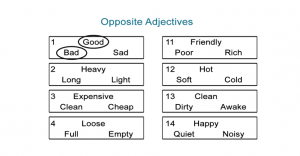
Students have to find the 2 opposites in each group of 3 in this opposites worksheet. After they find the opposites, they circle them and review as a class.

In the opposite adjectives word search puzzle, students have to find the opposite word in the puzzle. For example, if the adjective word is “hot”, they will have to search for “cold” and circle it.
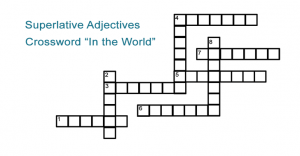
The word “fastest” is the largest degree of speed so this makes it a superlative adjective. In this superlative adjectives worksheet, we practice this type of adjective in a crossword puzzle.
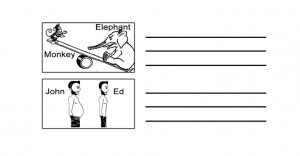
Comparative adjectives contrast differences (bigger, faster, etc) between two or several people, places or things. In this worksheet, students write sentences for each image.
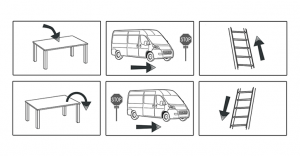
We practice prepositions of movement like “onto”, “out of”, “toward”, “over”, “through”, “away from”, “under” and “down”. These are prepositions of movement because they express the flow and direction